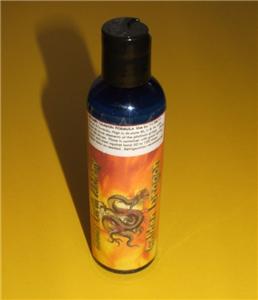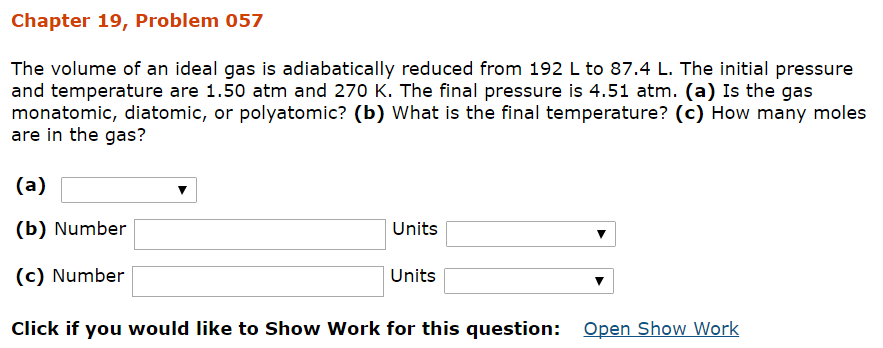As a result, for the function of classification, an acid can be deemed a particle with one or more protons (H+) bonded to an anion. For example, HSO3-- is not an acid molecule; it is an anion due to the fact that it brings a-- 1 cost. Even though it shows acidic residential properties, it is called like a polyatomic anion. Instead, it must be named as an ionic substance since it contains a Na+ cation and also an HSO3-- anion. Therefore, it is named salt bisulfite or salt hydrogen sulfite. To name the covalent compounds, name the electropositive component first.
Oxygen intercalates slowly right into strong fullerites stored in air but can generally be eliminated by pumping at elevated temperature. However, intercalated oxygen can additionally react to form fullerene oxide.
Trainees Additionally Viewed These Physical Chemistry Questions.
Diatomic molecules constantly have a direct molecular geometry since just two atoms are present in the molecule. Homonuclear diatomic particles are made up of two atoms of the same aspect. Heteronuclear diatomic particles are made up of two atoms of 2 various aspects. For instance, hydrochloric acid vapor is made up of a hydrogen atom bound to a chlorine atom. There can be either ionic bonds or covalent bonds in between heteronuclear molecules. Inert gases or honorable gases are in the team 18 of the table of elements of components.
Are all elements Monatomic?

Some elements are monatomic, meaning they are made of a single (mon-) atom (-atomic) in their molecular form. Helium (He, see Fig. Another form of oxygen, ozone (O3), has three atoms, and sulfur (S8) has eight atoms. All elemental molecules are made of atoms of a single element.

For instance, carbon as well as oxygen can integrate to form CARBON DIOXIDE or Carbon Monoxide; sulfur and oxygen can integrate to form SO2 or SO3. To differentiate these compounds from each various other, Greek prefixes are made use of to designate the numbers of atoms of one or both aspects in the particle. As a result, CARBON DIOXIDE is called carbon dioxide and Carbon Monoxide is called carbon monoxide gas; SO2 is sulfur dioxide as well as SO3 is sulfur trioxide.
Molar Mass As Well As % Structure.
After that, name the a lot more electronegative aspect as if the much more electronegative element is a simple anion (finishing with-- ide). Just how does one know which component is the electropositive aspect? If one follows this regulation, after that, SO2 would certainly be called sulfur oxide, and also Carbon Monoxide would be called carbon oxide. Really frequently, 2 nonmetals can combine to form more than one compound.
- 3B, in which it can be seen that the characteristics of the monatomic ions in the fluid stage are spatially and temporally heterogeneous in their variation distances, instructions, as well as times.
- A lot of the components and also substances we have actually encountered thus far are https://ameblo.jp/johnathanlapl891/entry-12656618667.html commonly located as gases; a few of the more typical ones are detailed in Table 10.2 "Some Typical Materials That Are Gases at 25 ° C as well as 1.0 atm machine".
- Additionally, many of the straightforward covalent oxides of the nonmetals are gases, such as Carbon Monoxide, CARBON DIOXIDE, NO, NO2, SO2, SO3, and ClO2.
- Ultimately, most of the generally utilized refrigerants, such as the chlorofluorocarbons as well as the hydrochlorofluorocarbons, which were discussed in Chapter 3 "Chain Reaction", are gases.
Various other elements consist of two or even more atoms in their molecular type (Fig. 2.8). Another type of oxygen, ozone, has three atoms, and also sulfur has 8 atoms. All elemental particles are made of atoms of a solitary component.
Just how can one acknowledge an acid by checking out its chemical formula? You will learn about the residential or commercial properties of acids in detail in the second term of general chemistry. Here we will merely provide the policies for naming acids.
Some aspects are monatomic, implying they are made of a solitary (mon-) atom (- atomic) in their molecular type. Helium (He, see Fig. 2.8) is an instance of a monatomic component. Hydrogen, oxygen, as well as chlorine particles, for example, each has 2 atoms. The residential or commercial properties of some teams are so unique or essential that the teams are described by unique names. The last group, Team 18, includes helium, neon, argon, krypton, xenon, and radon. The aspects in this group are called the honorable gases.